How to organize a kid's room on a budget – 8 ways to keep costs down
Keep toys, books and your spend under control with these easy ways to organize a kid’s room on a budget
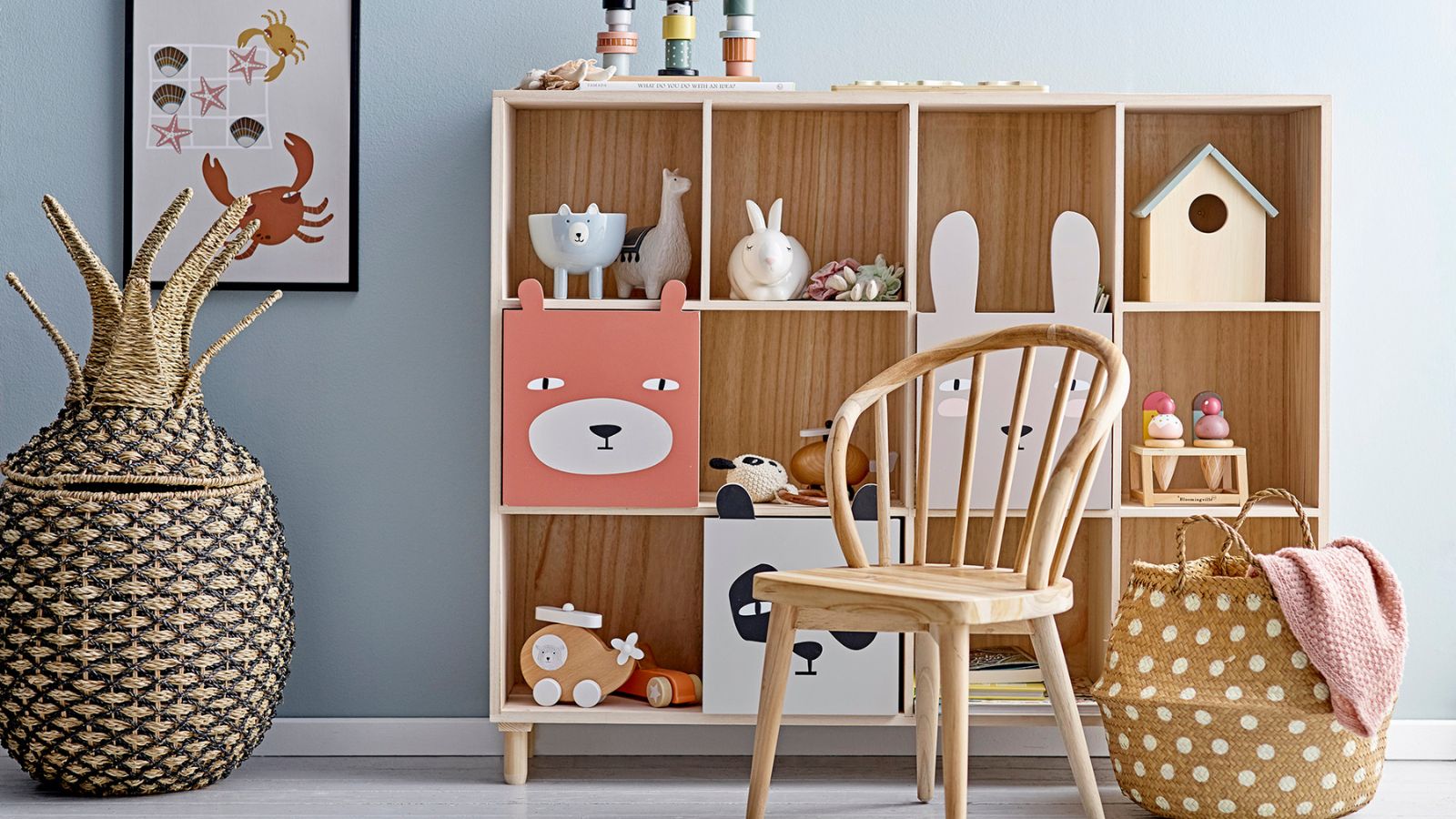
You don’t need to spend a fortune to achieve a stylish and well-organized kid’s room. Which is good news, given how quickly they grow up. Forking out every time their organizational needs (and their tastes) change will soon see you bankrupt, we can tell you that for free.
Cutting back on toys and books is one way of keeping costs down, but when it comes to kid's bedroom storage ideas, more is more – cluttered kid’s room ideas don’t exactly inspire productive play, nor a good night’s sleep, for that matter.
That doesn’t mean blowing the budget though; with a little creative thinking (and some savvy DIY hacks) you can organize a kid’s room to perfection, and pull off a stylish aesthetic, too.
How to organize a kid’s room on a budget
Not sure where to start? Employ these top tips from those in the know to make child's play out of good organization, regardless of budget.
1. Pick your theme wisely
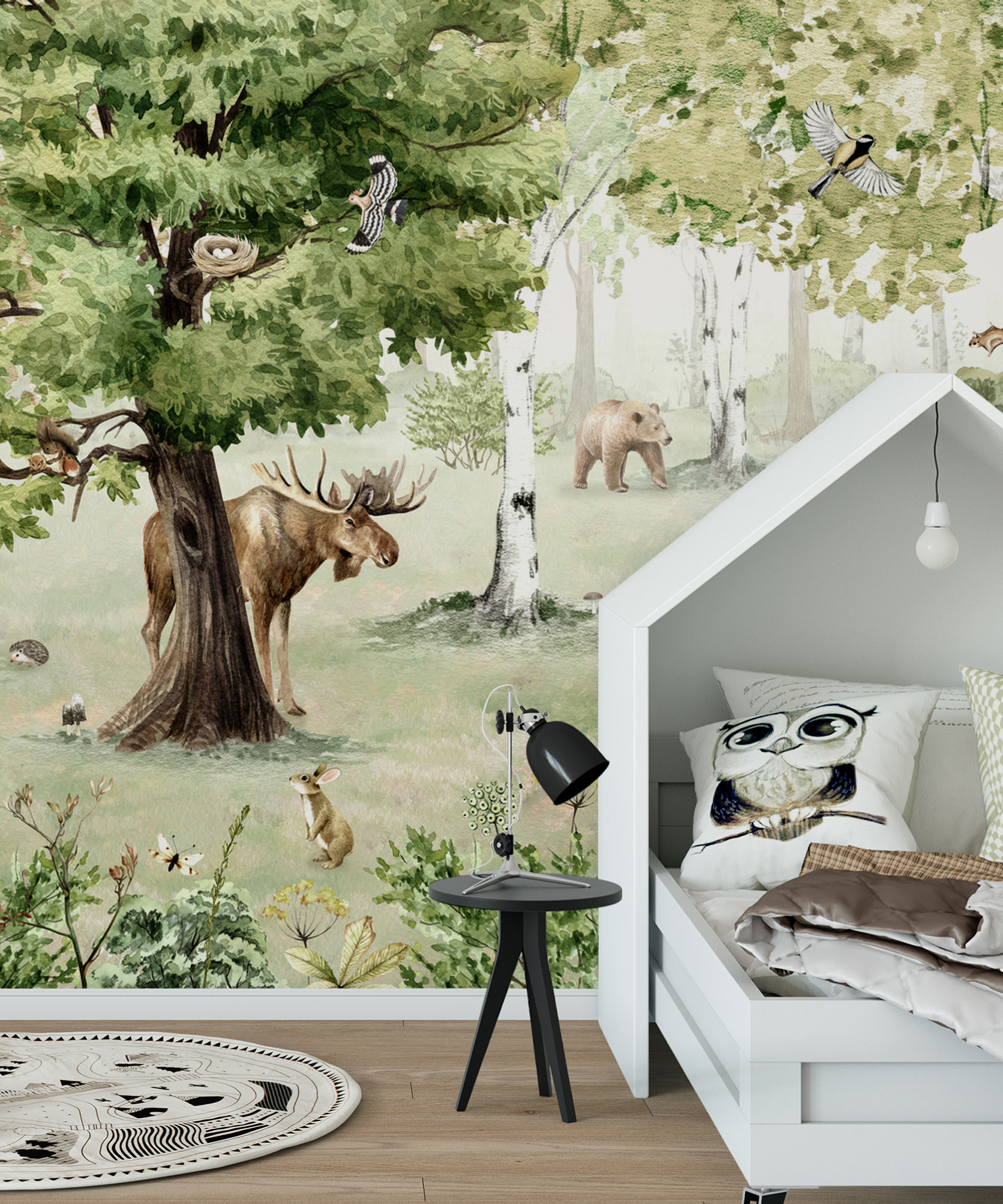
Spaceships one minute, football the next… It's hard to keep up, not to mention expensive. But children’s bedroom ideas don’t have to feature ‘childlike’ themes to be a happy, age-appropriate space.
‘If you want to incorporate a bit of personality into your child’s bedroom without redecorating the entire space, consider using peel-and-stick wall decals like these at Wayfair , or make the most of surfaces and shelving to create themed displays with books, toys and decorative pieces’, says Millie Hurst, Solved Section Editor at Homes & Gardens.

Millie Hurst is Section Editor at Homes & Gardens, overseeing the Solved section, which provides readers with practical advice for their homes. Millie has written about and tried out countless cleaning and DIY hacks in the six years since she became a journalist, and has worked in both London and New York.
2. Begin by decluttering
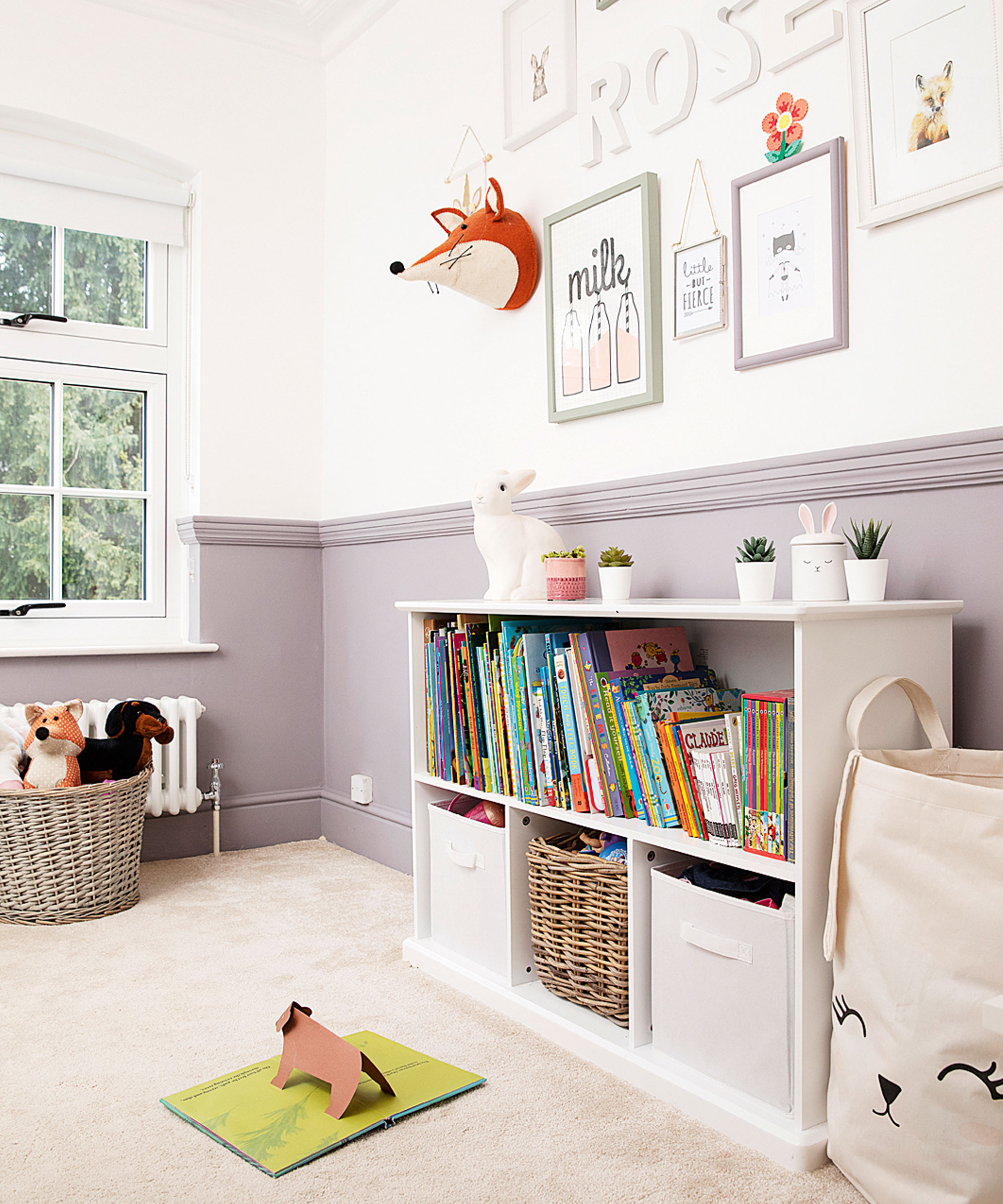
Spending a fortune on storage for items you don’t actually want or need is one of the top decluttering mistakes, so it’s important you start with a good clear out, regardless of what room you’re organizing. Decluttering a kid's room costs next to nothing, and it certainly pays (sometimes literally, if you decide to sell items on). You’ll have fewer items to organize overall, and might even free up a few storage boxes, too.
‘A basket, drawer or closet rod that is stuffed full will make it difficult for your child to put items away and can quickly cause overwhelm, for them and for you. Keep this in mind to help make the decision-making process easier, and always include your child so they feel part of the process’, says organizing expert Lisa Ruff, Director of Marketing at NEAT Method.

Lisa Ruff joined NEAT in 2014 after a stint as a non-profit lawyer. She has since held just about every NEAT position available from team organizer to franchise owner to corporate team member.
3. Repurpose existing furniture
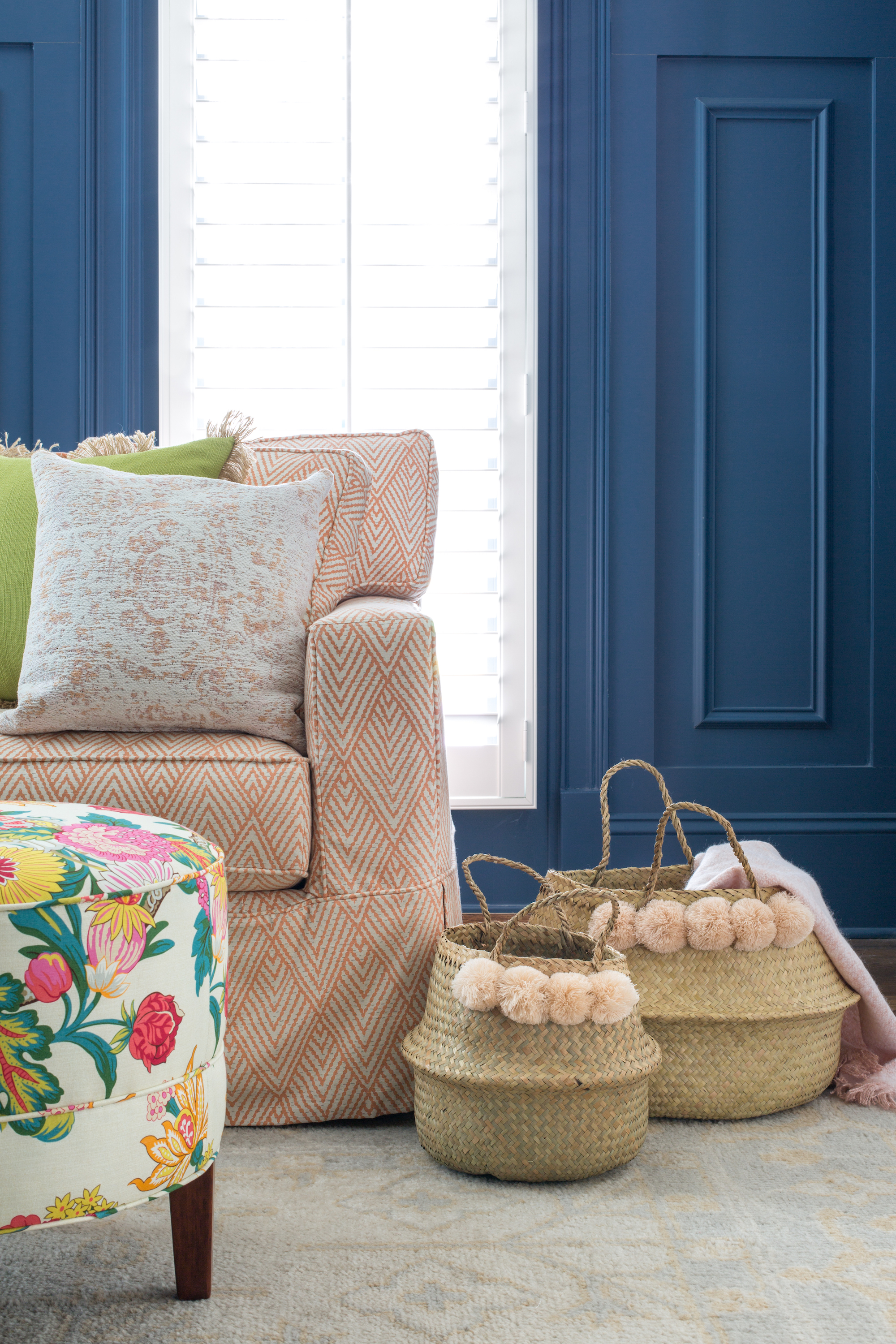
If you’re starting from scratch, multipurpose furniture is a good way to go in a child’s bedroom, particularly those that incorporate storage. They’re usually not the cheapest option though, so if you’re working to a budget, think about ways you could adapt your existing furniture, instead.
‘You don’t have to buy pieces specifically designed for multiple uses, in fact, you don’t necessarily have to buy anything new at all. A fitted desk can be transformed into a stylish storage unit by installing shelving on either side, or a trundle bed can be used for storing toys rather than a mattress, for example. If DIY isn’t your thing, consider adding baskets to the bottom of a closet, or using a small bookcase as a nightstand’, says Jennifer Ebert, Digital Editor at Homes & Gardens.
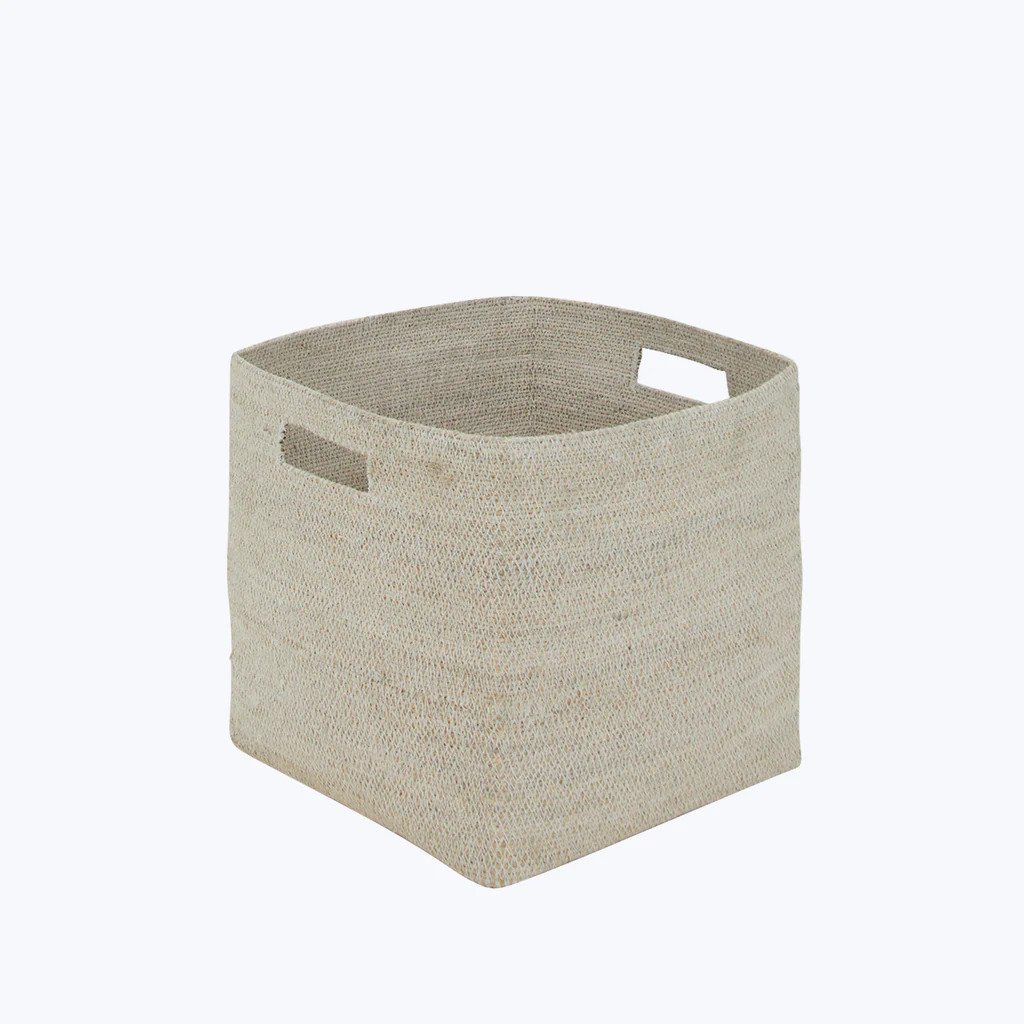
An easy way to elevate your everyday spaces, this Essential Square Basket is handwoven in India from natural seagrass. This multipurpose basket can easily be transported from room to room and used to keep any busy space tidy.

Jen is the Editor (Digital) of Homes & Gardens. Before starting this position, she had completed various interior design courses at KLC Design School, as well as working across Ideal Home, LivingEtc, 25 Beautiful Homes and Country Homes & Interiors as an interiors writer.
4. Boost storage with inexpensive helpers
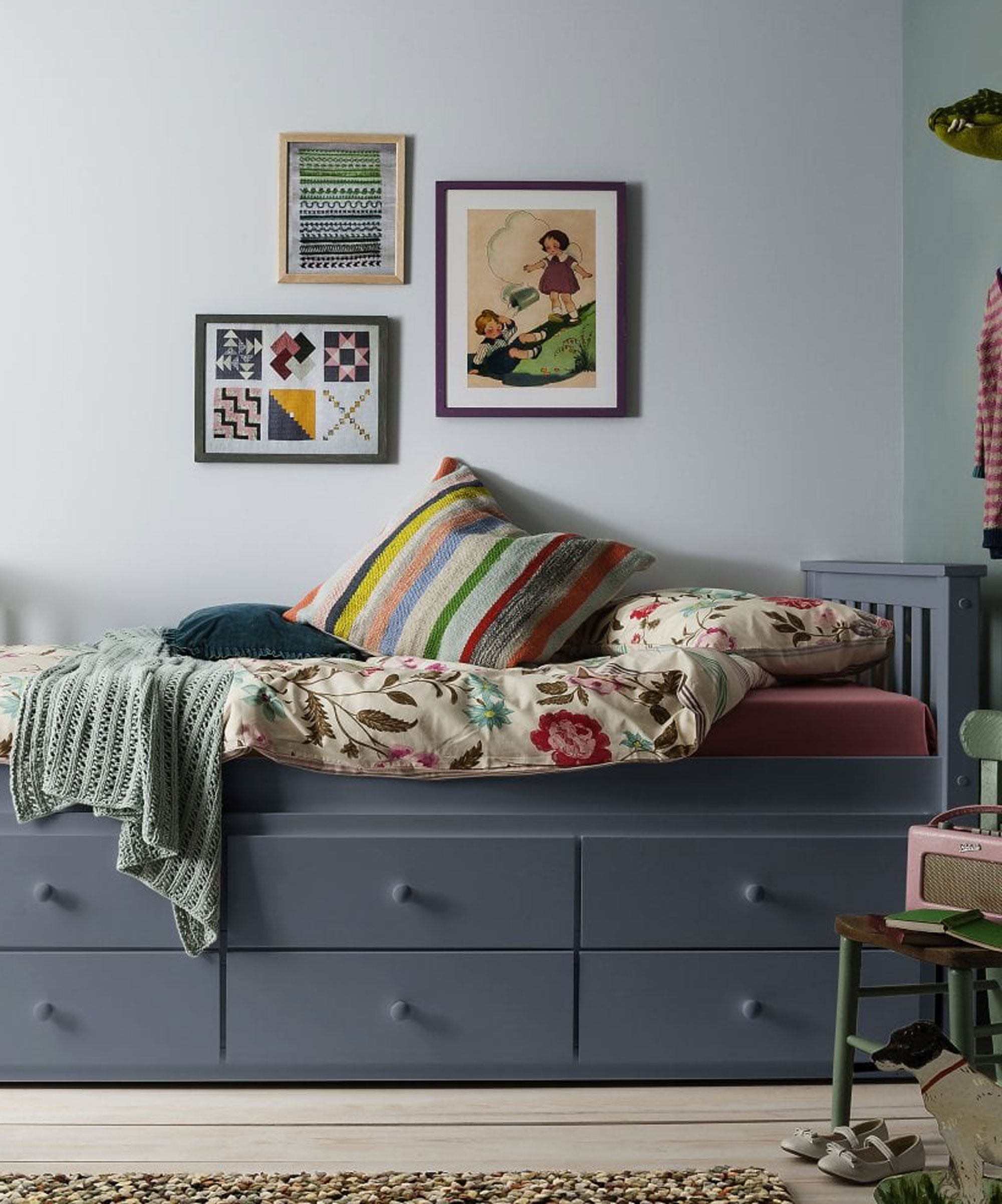
Integrating space-saving bedroom organizers inside closets and drawers is a great way of increasing storage capacity without having to waste money (and space) on bulky units.
From drawer dividers, over-the-door organizers, and under-bed boxes, there are all manner of options. Always opt for temporary designs rather than anything fixed so you can adapt them according to your child’s needs – they’re cheaper, too.
‘When you are ready to buy organizing supplies, make sure to stick to a list and bring your measuring tape. Your local Buy Nothing Groups on Facebook or Nextdoor are a great place to ask neighbors if they have anything you need that they are willing to give away’, says Sierra Terry, founder of Fairly Organize.
5. Take a DIY approach
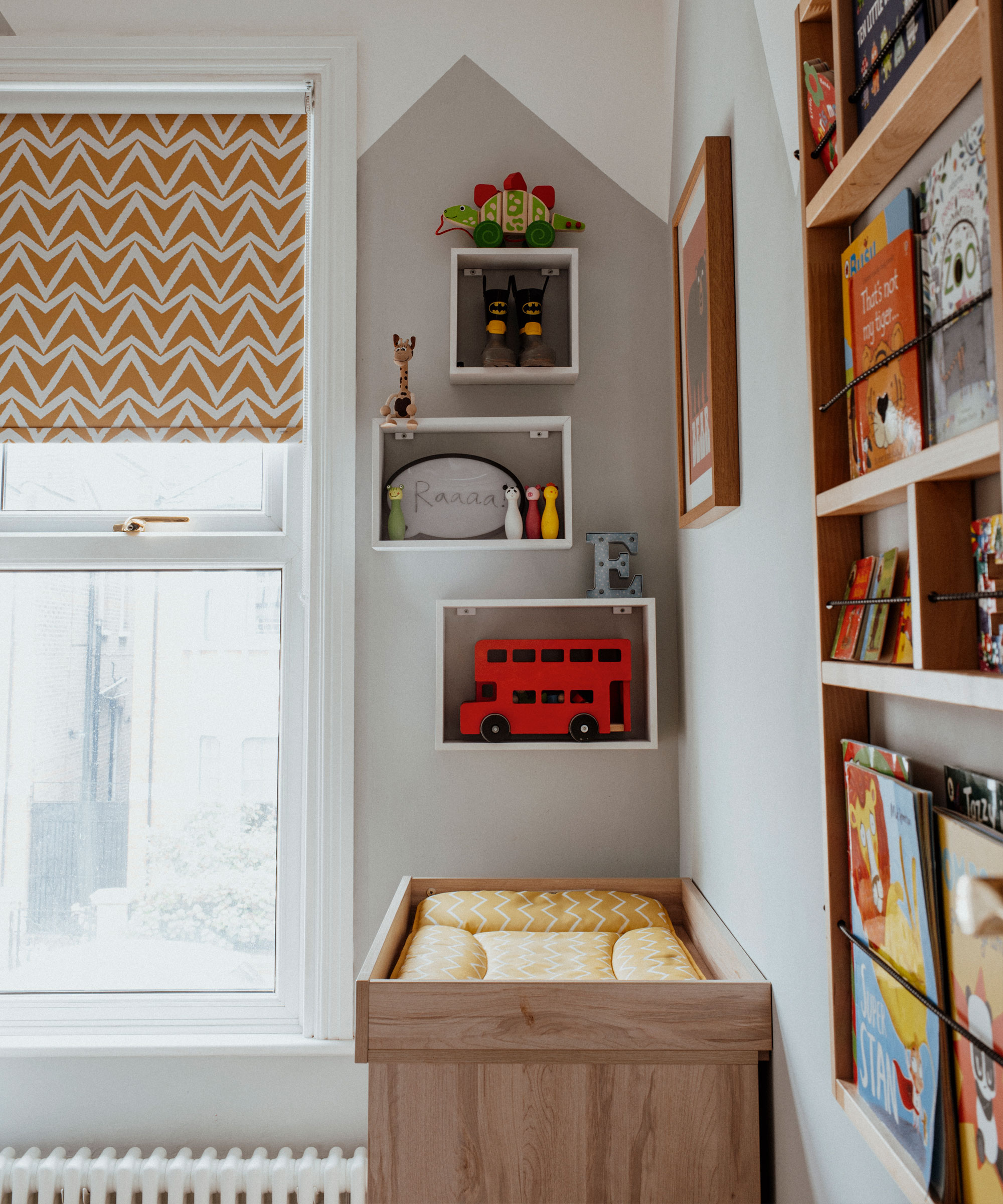
Inexpensive, do-it-yourself bedroom storage ideas can be a real game-changer in a kid’s room. It doesn’t matter if they’re a little rough around the edges; your little ones won’t mind, and if they get broken or damaged, neither will you.
‘Think outside of the box (pun intended!) when it comes to what you can use as an organizer. A sturdy shoe box, for example, can be perfect to hold small toys. Even ziplock bags (if your child is old enough) can be utilized to hold board games, jigsaw pices, hair accessories, or Lego sets’, says professional organizer Lauren Saltman, founder of Living Simplified.
Karina Toner, Operations Manager at Spekless Cleaning, also recommends taking a similar approach to the decor in kid's bedrooms, as well as in playroom ideas; ‘children’s artwork brightens up a room at no extra cost, and makes for a lovely personal touch’, she says.
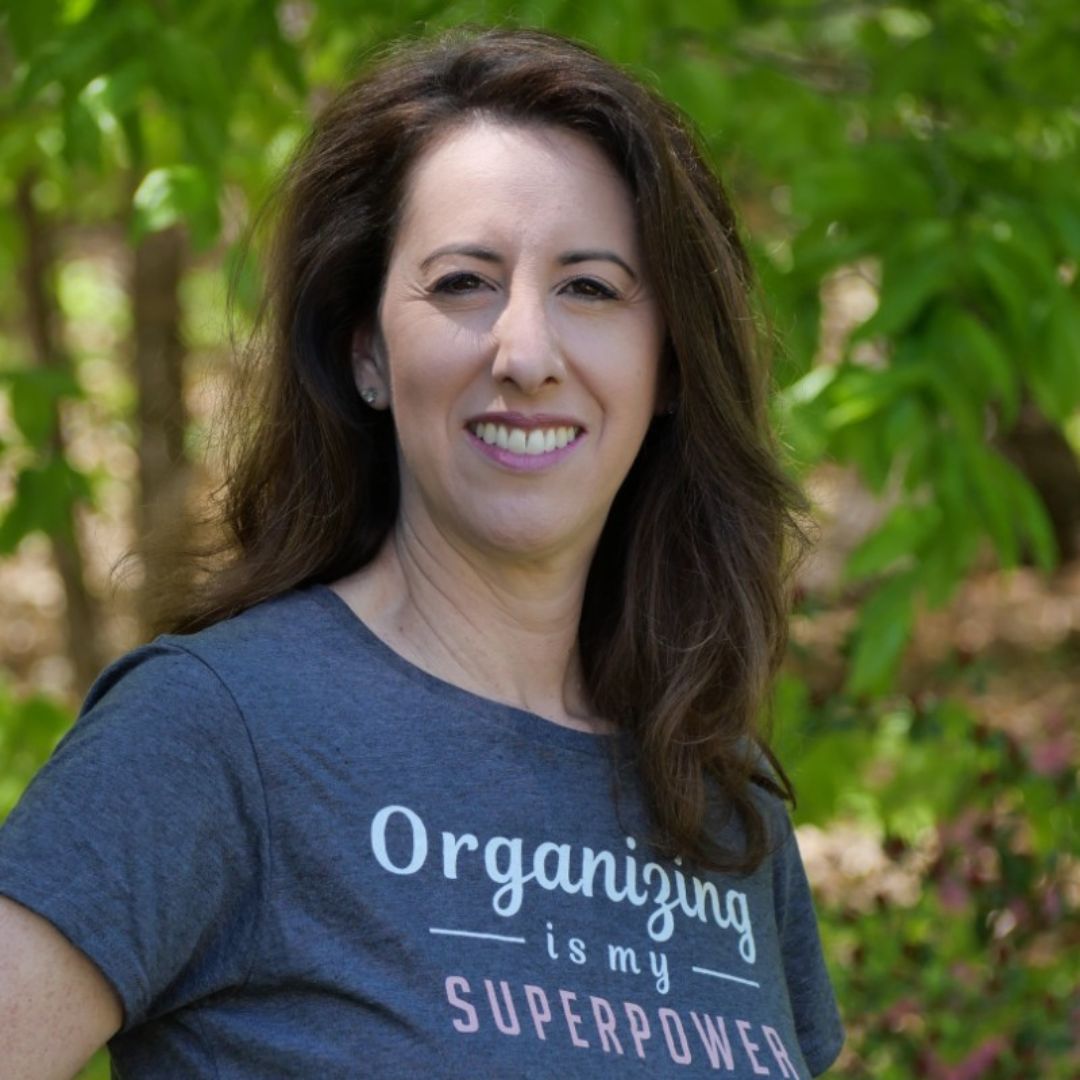
For Professional Organizer Lauren Saltman of Living.Simplified., decluttering and organizing is how she lives her daily life, whether she is organizing her home, a friend’s office, or a client’s garage, her resourceful approach yields happy clients who learn to incorporate techniques for a happier and more simplified lifestyle.
6. Invest in shelving
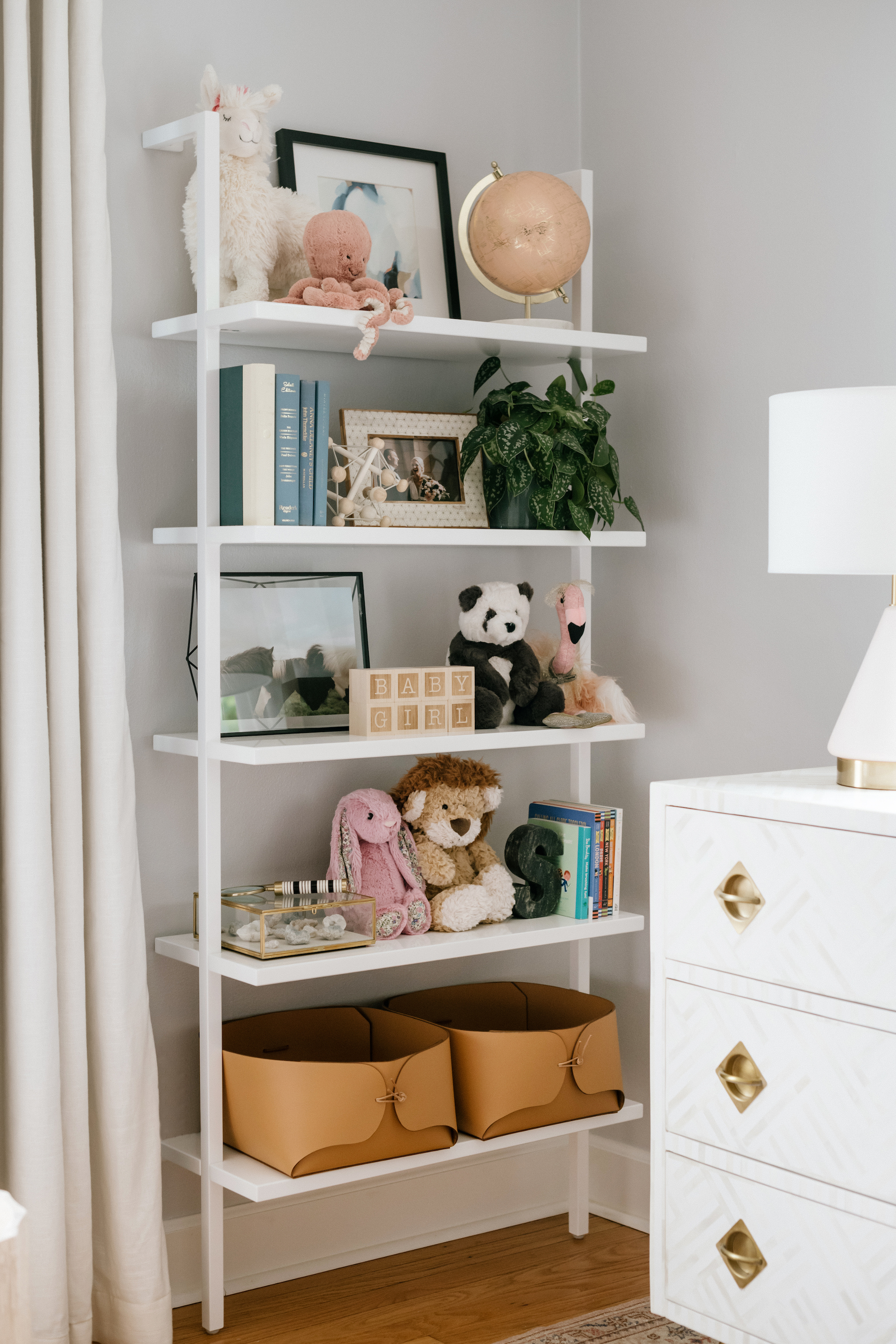
The great thing about shelving is that it delivers on both storage and style, so you’re really getting value for money. From books and cuddly toys to sports trophies and school certificates, they grow with your child.
Choose wall-mounted bedroom shelving ideas to free up floor space for play, but keep them low so children can reach what’s on there, unless you don’t want them to, that is! If you’re using them to organize children’s books, experts recommend front-facing designs.
‘I love small canvas sling bookshelves (like this one, from Target). They are the perfect height and it's easy for kids to see the cover of each book! This makes the books much more inviting and easier to reach, giving your little ones a chance to build their independence,' says professional organizer Rachel Timmerman, founder of lifestyle blog, The Analytical Mommy.
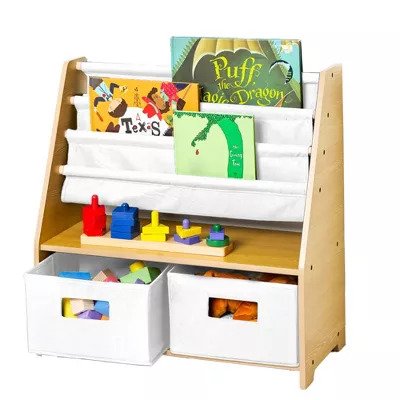
Your child will love that their bookshelf gives them a variety of storage options. This piece can be a home for anything from books and magazines to paintings and writings.
7. Factor in the future
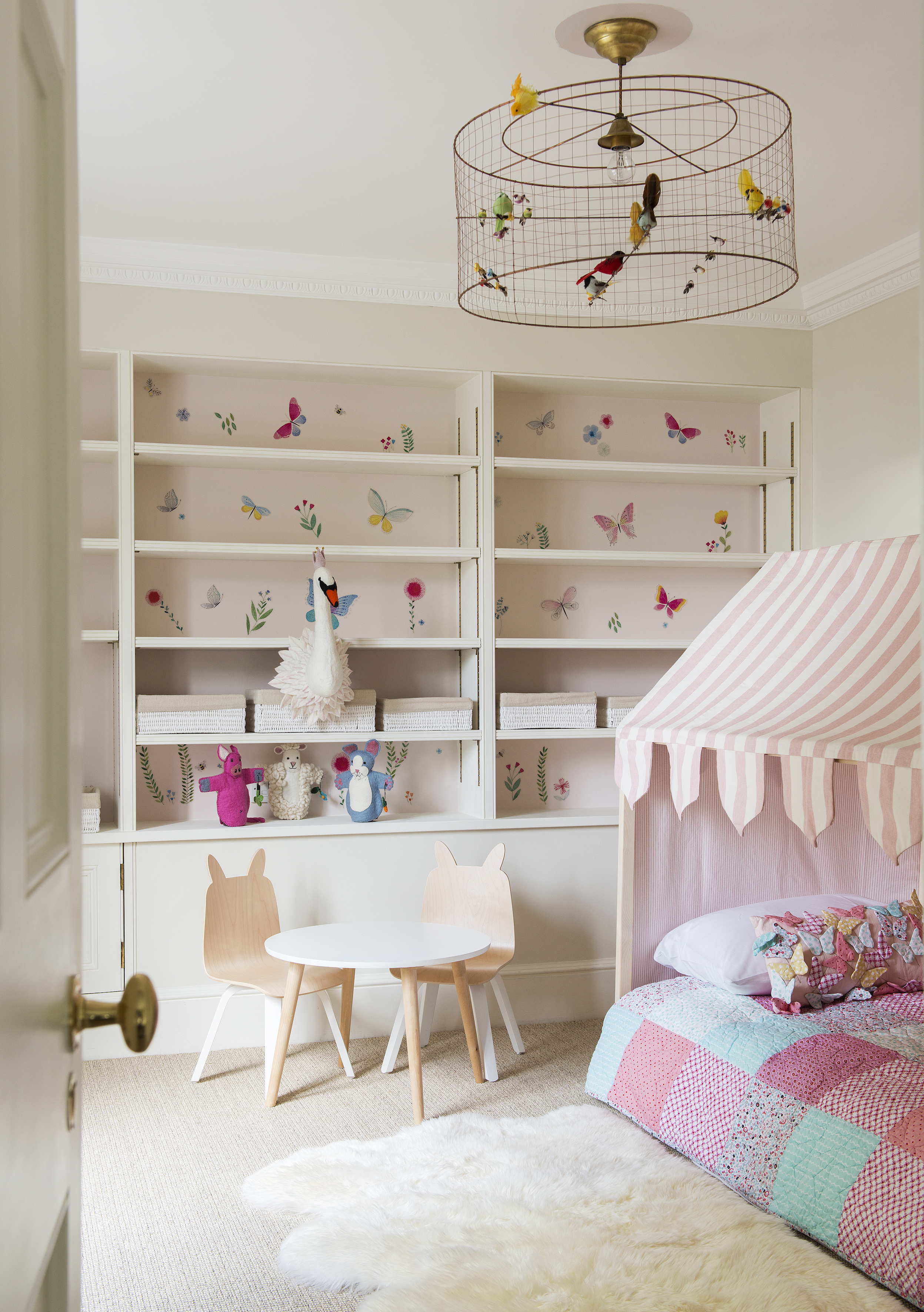
Choosing furniture that will suit your child as they grow will save you time and money in the long run.
'One of the best budget playroom ideas is to invest in a storage unit that will last for years – a design that will see you from toddler to teen,' says Lucy Searle, content director at Homes & Gardens. 'Choose a design that’s flexible, practical and stylish; white's a good option as it will go with any scheme and look out for options that allow you to create a desk space for homework.'
Cubby-style shelving units are great for all ages; the cube boxes or pull out bins that sit within them are just as good at organizing toys as they are storing sports equipment and school essentials – perfect for transforming a play zone into a study zone as and when you need to.

Lucy Searle has written about interiors, property and gardens for over 30 years, starting within the interiors departments of women's magazines before switching to interiors-only titles in the mid-1990s. In 2018, Lucy took on the role of Global Editor in Chief for Realhomes.com; in 2020, Lucy repeated the success at Homes & Gardens, where she also took on the editorship of the magazine. Lucy is now Content Director across Homes & Gardens, Woman & Home, Real Homes and Ideal Home.
8. Don’t overlook the small things
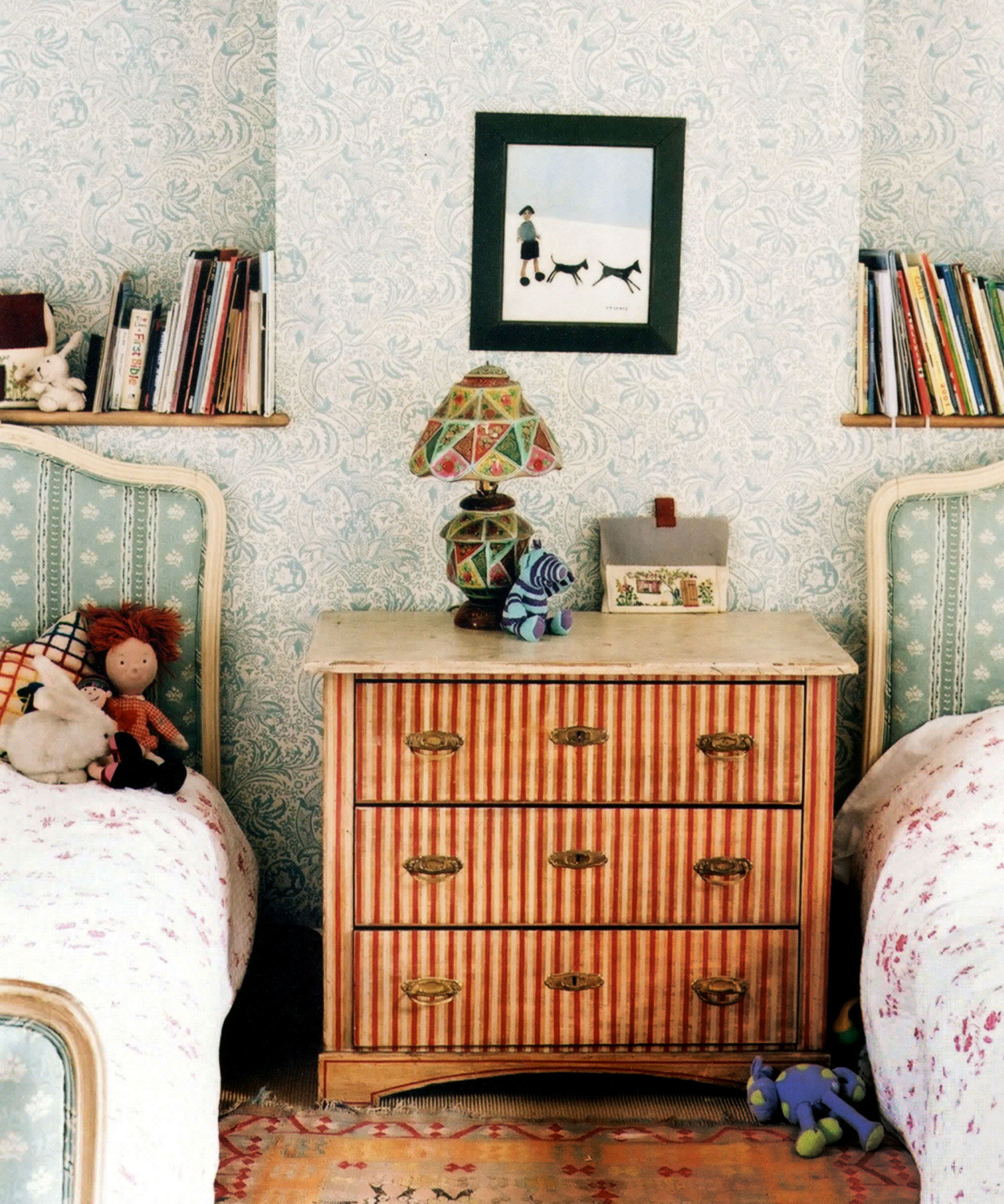
Small storage can go a long way in a kid’s room, and is far more affordable than big units. Foldable crates, baskets and stylish suitcases are great for containing toys with tiny parts, and can be moved around the house depending on where your child chooses to play.
‘Start by shopping at local thrift stores, you'll be surprised by how much storage they have at extremely reasonable costs. Local dollar stores often carry generic bins and baskets at very low prices so it’s worth looking there, too’, says Lauren Saltman.
If you’re organizing children's small bedroom ideas, consider investing in stackable versions. Encourage the clear up by keeping them low-level and adding pictures of what’s inside, so things can be put away without your help.
FAQs
How to design a kid’s room on a budget?
When designing a kid's room on a budget, set yourself a ‘space budget’, experts suggest. It is one of the best ways to organize your home without spending any money, the idea being that you only keep what you have space to store.
Setting clear boundaries like this can be really helpful for children; ‘if it doesn’t fit in the box, we’ll need to free up space by taking something else out’ is easy to grasp, and encourages minimalism at home right from the off.
How do I keep my kid's room clutter free?
When trying to keep a kid's room free of clutter, it helps to implement some house rules that they put away what they use when it is finished with. to help enforce this rule, you can set storage on kid's height, ensuring they can reach everything easily to both get toys out and put them away, and implement a reward system to help incentivize children to tidy up after themselves. It is both a great time saver for you, as well as a good life lesson for them.
So, if you’re working to a limited budget, rest assured, creative organization ideas don’t have to cost the earth. And in a kid’s room, you can certainly afford to have a little fun with it!
Sign up to the Homes & Gardens newsletter
Design expertise in your inbox – from inspiring decorating ideas and beautiful celebrity homes to practical gardening advice and shopping round-ups.
For 10 years, Tara King worked as a Content Editor in the magazine industry, before leaving to become freelance, covering interior design, wellbeing, craft and homemaking. As well as writing for Ideal Home, Style at Home, Country Homes & Interiors, Tara’s keen eye for styling combined with a passion for creating a happy – and functional – family home has led to a series of organization and cleaning features for H&G.
-
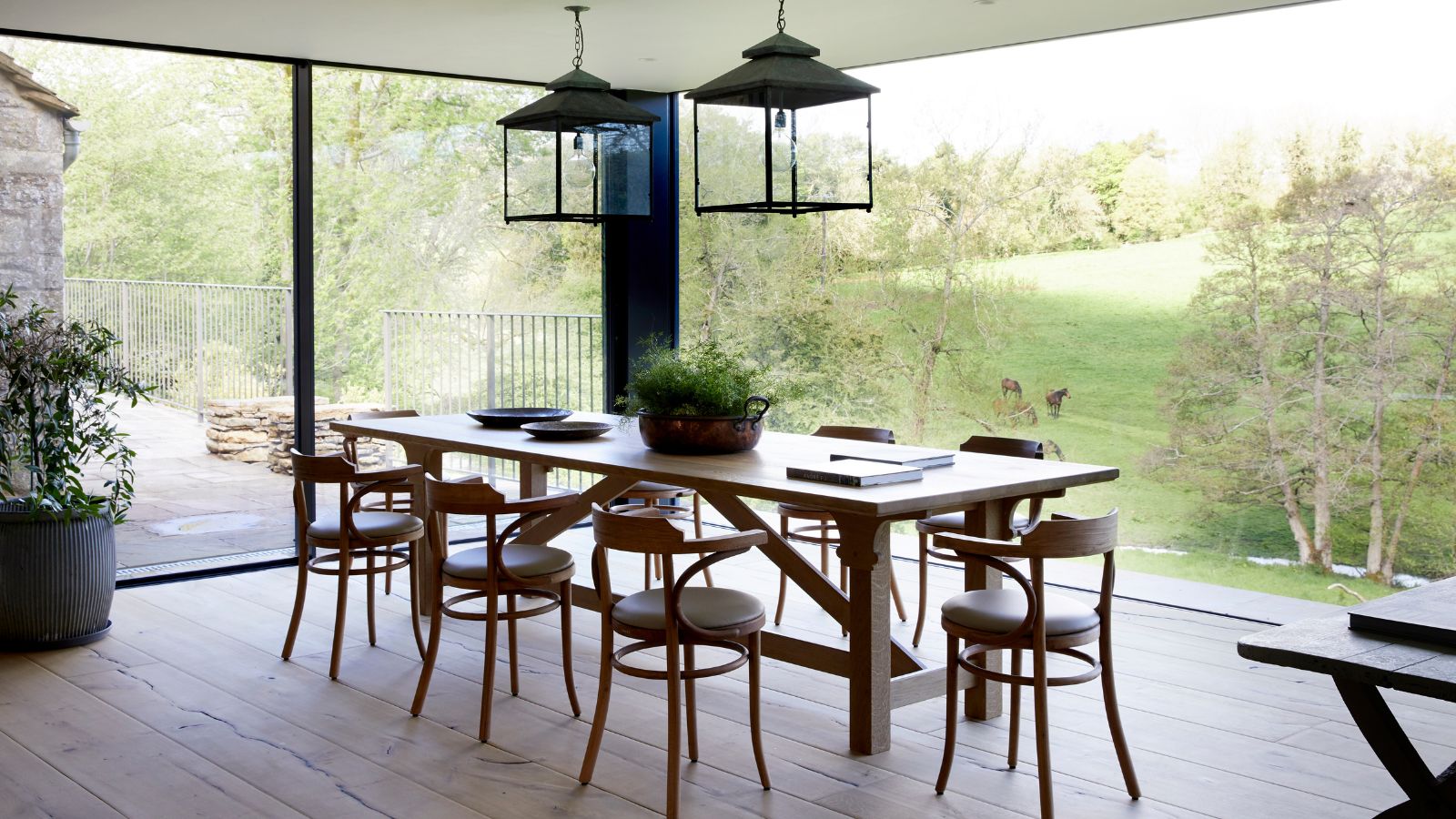 This is the single best upright vacuum we've ever tested – and it's on offer with $130 off at Shark for a limited time only
This is the single best upright vacuum we've ever tested – and it's on offer with $130 off at Shark for a limited time onlyYou won't want to miss this one
By Dan Fauzi
-
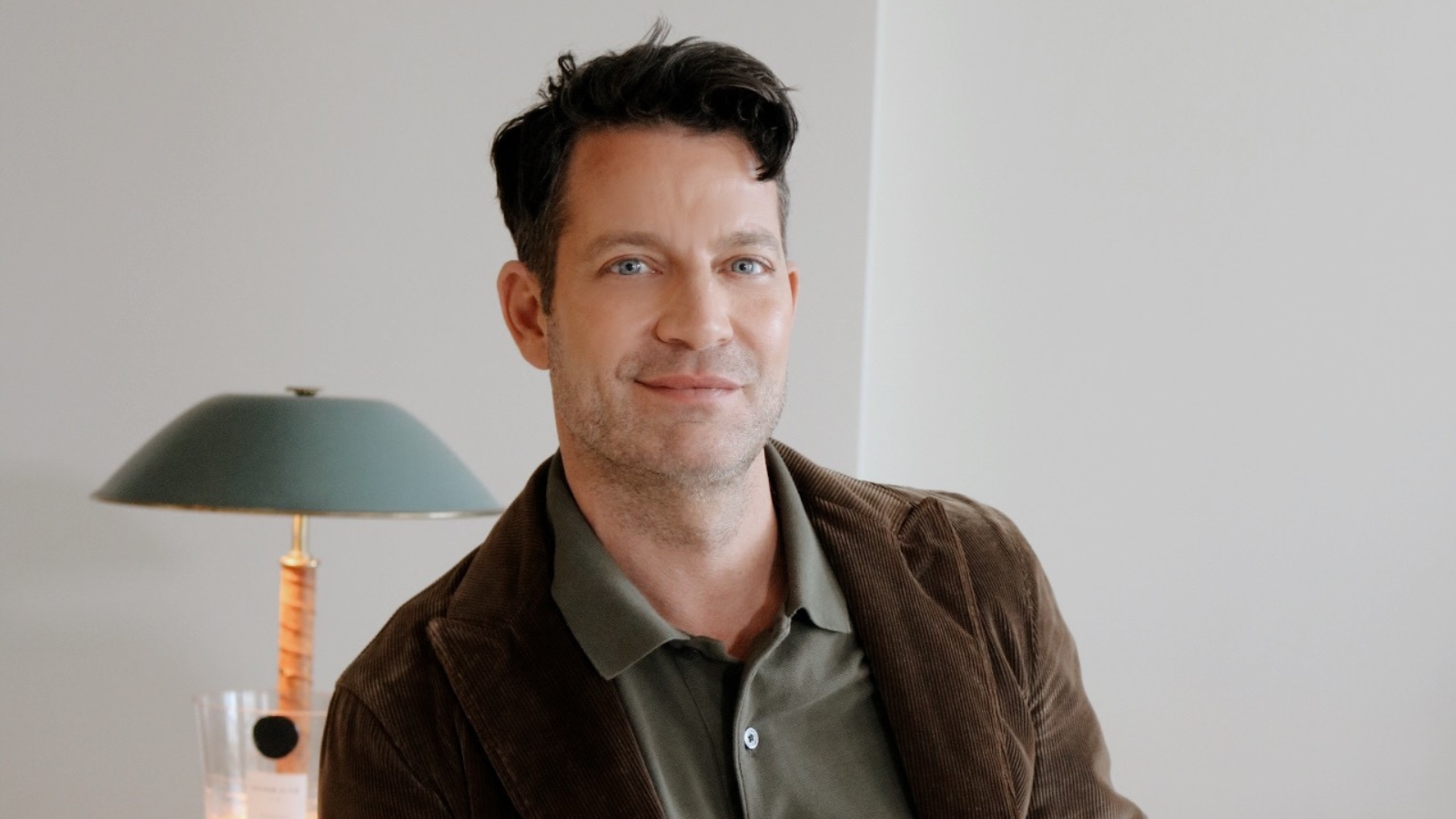 Nate Berkus says slipcovered sofas are back on trend – and I just found a way to create this designer-approved laid-back look from just $86
Nate Berkus says slipcovered sofas are back on trend – and I just found a way to create this designer-approved laid-back look from just $86This classic style is making a strong comeback, but did you know you don't have to buy a whole new couch to get this Nate-approved look?
By Eleanor Richardson